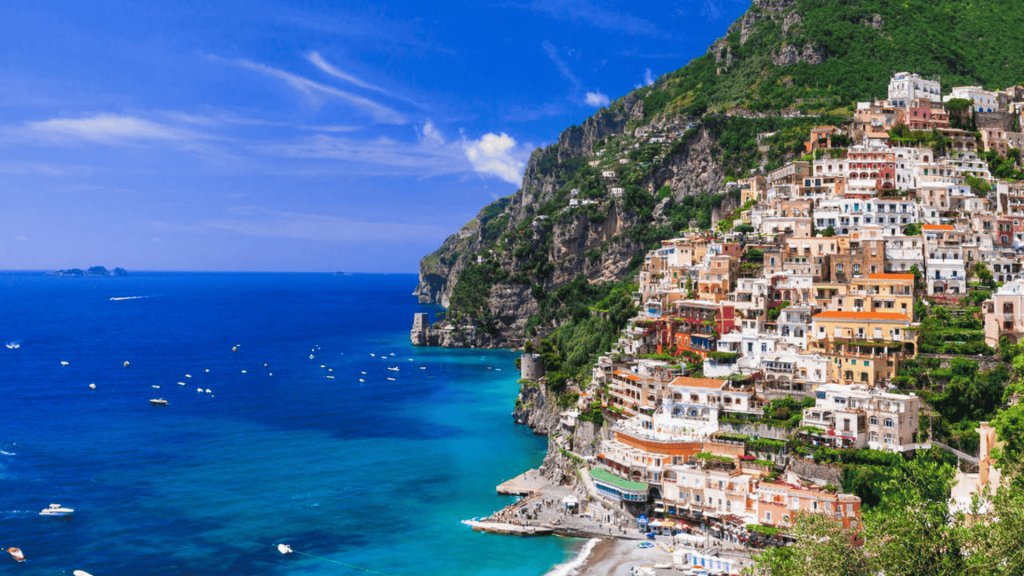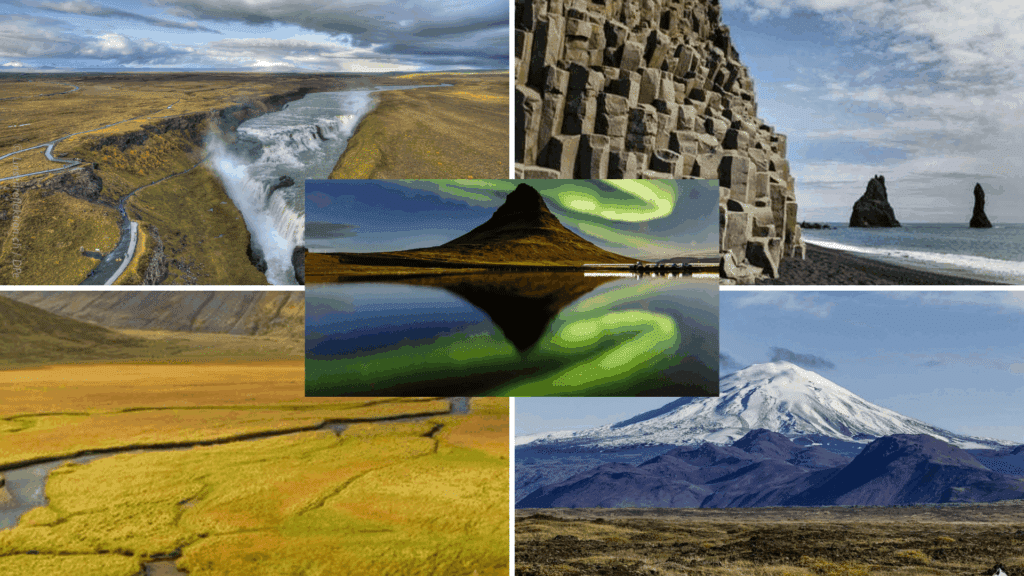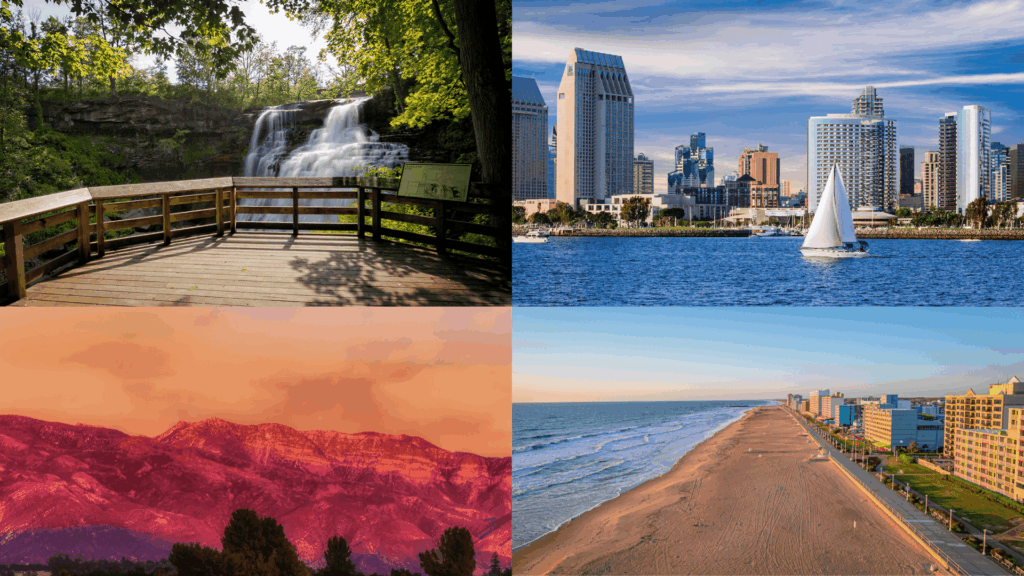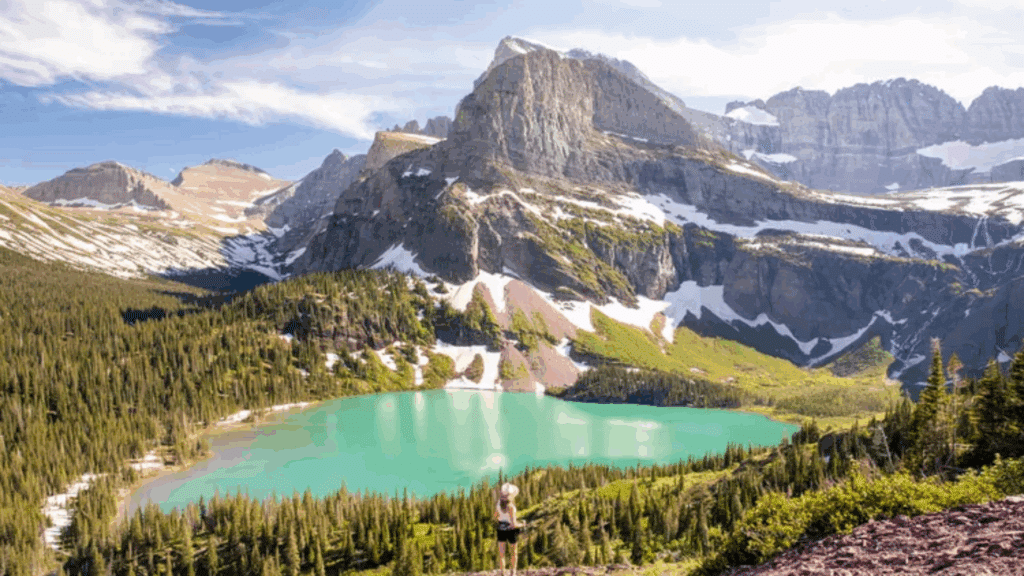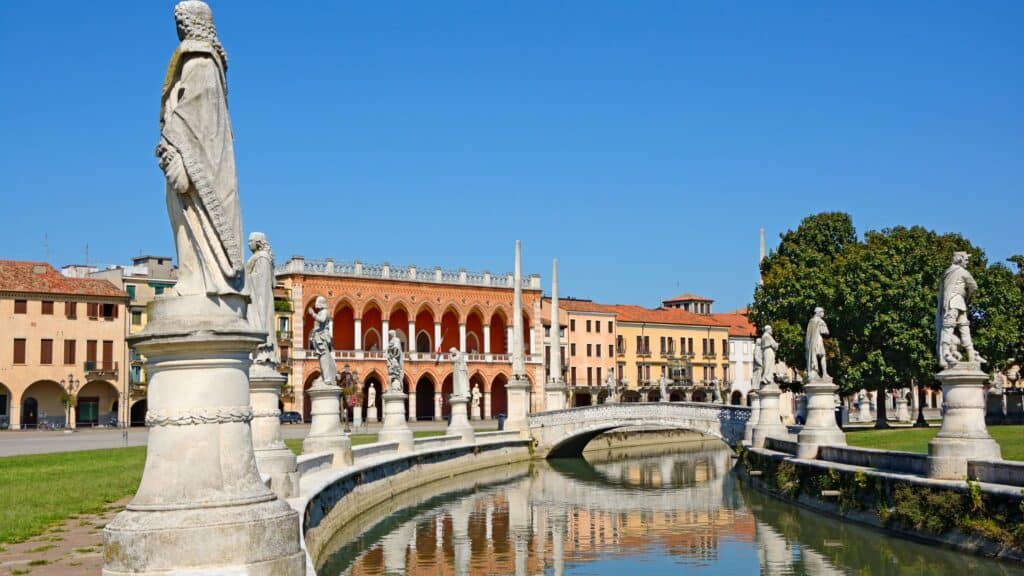Imagine standing in the Colosseum where gladiators once fought, then sipping wine overlooking the dramatic cliffs of the Amalfi Coast just days later.
Most travelers think they need months to experience Italy’s best, but that’s simply not true.
You’re probably wondering how to fit Rome’s history, Florence’s art, Venice’s romance, and the Amalfi Coast’s beauty into just 14 days. The challenge isn’t time, it’s knowing exactly where to go and how to make every moment count.
This proven 2 week itinerary solves that problem. You’ll visit four incredible destinations, eat unforgettable meals, and create memories that last a lifetime. No rushing, no FOMO, just the perfect balance of must-see sights and relaxing moments.
Ready to plan your dream Italian vacation? Let’s make it happen.
Best Time to Visit Italy
The best time to visit Italy depends on what kind of experience you want. Here’s a quick guide to help you choose:
- Spring (March to May): Spring is ideal, with mild weather and blooming flowers. Tourist spots are less crowded, making it perfect for sightseeing in Rome, Florence, and Venice. It’s also great for hiking the Amalfi Coast before summer heat arrives.
- Summer (June to August): Summer is the busiest season with hot weather and lots of tourists. Beaches on the Amalfi Coast are lively, and many festivals happen. If you visit in summer, book your hotels and tours early to avoid disappointment.
- Autumn (September to November): Autumn offers pleasant weather and fewer crowds. It’s harvest season, so you can enjoy fresh wine and local food, especially in Tuscany. Fall colors make the countryside extra beautiful.
- Winter (December to February): Winter is quiet and cooler, especially in northern Italy. Many attractions have shorter hours, but you’ll find fewer tourists and lower prices. It’s a cozy time to enjoy holiday markets and festivals.
In short, spring and autumn are the best for comfortable weather and fewer crowds, while summer is great for beach lovers, and winter suits those seeking a peaceful trip.
Italy in 2 Weeks: Amazing Amalfi Coast and More
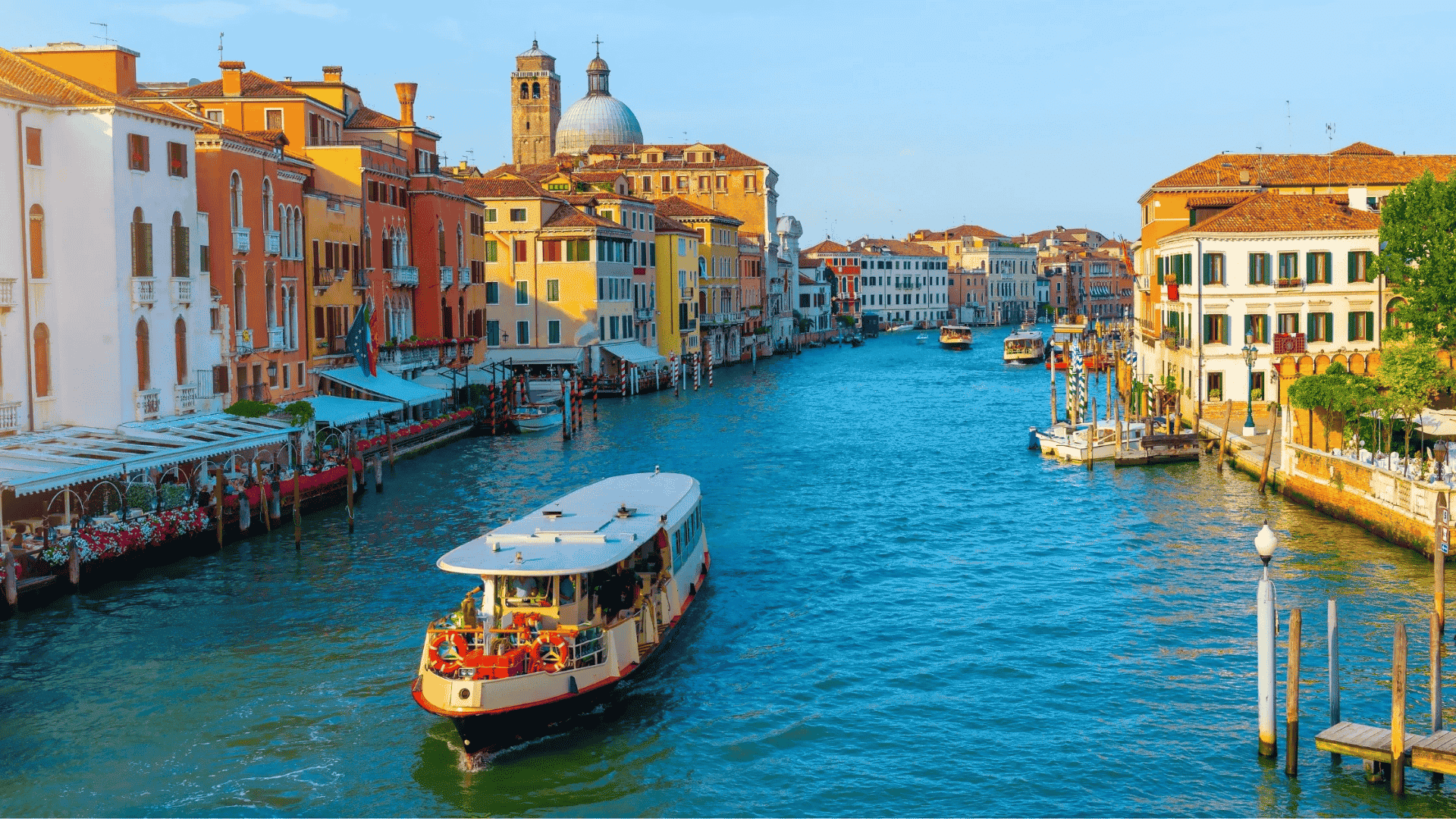
SOURCE: TOURISSIMO
From the vibrant streets of Rome to the stunning cliffs of the Amalfi Coast, this itinerary covers the best spots to make your journey unforgettable.
Days 1-3: Rome – The Eternal City
Your adventure begins in Rome, Italy’s capital city full of history, culture, and amazing food. Rome is famous for landmarks like the Colosseum, where gladiators once fought, and the Vatican City, home to the Pope and the incredible Sistine Chapel ceiling painted by Michelangelo.
What to See and Do
- Colosseum & Roman Forum: Walk through these ancient ruins and imagine life thousands of years ago. Booking tickets online in advance helps you skip the long lines.
- Vatican City: Visit St. Peter’s Basilica and the Vatican Museums. The Sistine Chapel is a must-see, but try to go early in the morning or late afternoon to avoid crowds.
- Trevi Fountain: Toss a coin to ensure you return to Rome someday!
- Piazza Navona and Spanish Steps: Perfect spots for people-watching and enjoying gelato.
Food to Try
Don’t miss trying cacio e pepe (cheese and pepper pasta), carbonara, and supplì (fried rice balls). Grab a pizza slice or two from a local bakery for a quick snack.
Tip: Stay near the city center to walk to most places. Rome’s public transport is helpful but walking lets you see more hidden gems.
Days 4-5: Florence – The Renaissance City
Next, take a fast train from Rome to Florence (about 1.5 hours). Florence is known as the birthplace of the Renaissance and is packed with incredible art and architecture.
What to See and Do
- The Duomo: Climb to the top of Florence’s famous cathedral dome for amazing city views.
- Uffizi Gallery: Home to works by Botticelli, Leonardo da Vinci, and Michelangelo. Booking tickets ahead is important.
- Ponte Vecchio: This old bridge has shops selling jewelry and souvenirs.
- Optional: Visit Pisa for the Leaning Tower or enjoy a wine tour in the nearby Chianti region.
Food to Try
Florence is famous for its bistecca alla Fiorentina (a large T-bone steak). Also, try fresh pasta like pappardelle al cinghiale (wild boar sauce).
Tip: Florence is very walkable, but wear comfortable shoes because of cobblestone streets. Catch the sunset at Piazzale Michelangelo for a breathtaking city view.
Days 6-7: Venice – The Floating City
From Florence, take a train to Venice (about 2 hours). Venice is unlike any other city — it has canals instead of roads, and gondolas instead of cars!
What to See and Do
- St. Mark’s Square: Visit St. Mark’s Basilica and the Doge’s Palace nearby.
- Gondola Ride: It’s touristy but worth it for the unique views of the city from the water.
- Explore the small alleys and bridges: Get lost and find quiet spots away from the crowds.
- Visit nearby islands: Murano (glassmaking) and Burano (colorful houses).
Food to Try
Try fresh seafood like sarde in saor (sweet and sour sardines) and risotto al nero di seppia (squid ink risotto).
Tip: Venice can be crowded, especially in summer. Visit early in the morning or later in the evening to enjoy the city with fewer tourists.
Days 8-10: Naples & Pompeii – Gateway to Amalfi Coast
Next, head south to Naples, the city where pizza was born! From Naples, you can also visit Pompeii, one of the most famous ancient ruins in the world.
What to See and Do
- Naples: Explore the old town, try authentic Neapolitan pizza, and visit the National Archaeological Museum.
- Pompeii: Spend a day walking through the ruins of this Roman city buried by Mount Vesuvius’ eruption in 79 AD.
- Mount Vesuvius: Hike to the volcano’s crater for spectacular views if you like adventure.
Food to Try
Try classic Neapolitan pizza and local pastries like sfogliatella.
Tip: Use Naples as a base before heading to the Amalfi Coast. Trains and buses connect the two areas well.
Days 11-14: Amalfi Coast – Coastal Paradise
End your trip with a few days on the stunning Amalfi Coast, known for its dramatic cliffs, colorful villages, and crystal-clear sea.
What to See and Do
- Boat tours: Take a boat trip to see hidden beaches and grottos.
- Path of the Gods: Famous hiking trail with amazing coastline views.
- Explore narrow streets, visit shops, and enjoy seaside cafes.
- Relax on the beach and swim in the clear water.
Food to Try
Seafood is fresh and delicious here — try grilled fish, pasta with clams, and limoncello, a lemon liqueur.
Tip: Wear comfortable shoes for walking on uneven paths. Book accommodations and tours early, especially in summer.
With so much to see and do—from historic cities to breathtaking coastlines—Italy in two weeks offers a perfect blend of culture, adventure, and relaxation.
Accommodation Options by City
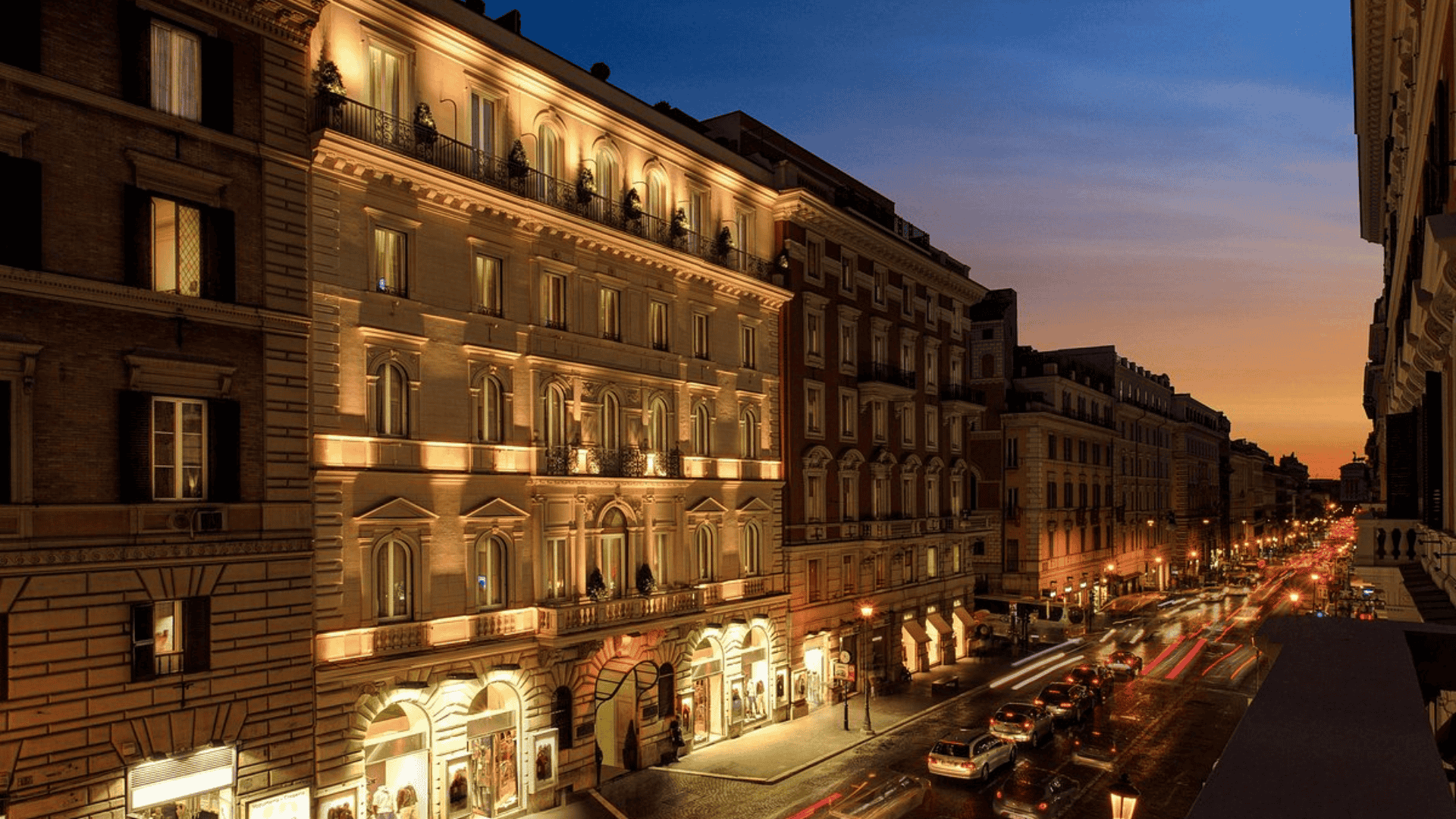
SOURCE: TRIPADVISOR
When planning your 2 week Italy trip, choosing the right place to stay can make a big difference.
Italy offers a wide range of accommodations, from luxury hotels and cozy bed and breakfasts to budget-friendly hostels and vacation rentals, including apartments. Here’s a quick guide for each city on your itinerary:
1. Rome
Rome has something for every budget. If you want to be close to major sights like the Colosseum and the Vatican, stay in neighborhoods like Trastevere. Trastevere is charming with narrow streets and lively nightlife. For budget travelers, areas around Termini Station offer many affordable hotels and hostels, plus easy transport links.
2. Florence
The historic center of Florence is compact, so staying here means you can walk to almost everything. Look for accommodation near the Duomo or Santa Croce area. If you want a quieter stay, neighborhoods like Oltrarno across the Arno River offer a more local vibe with artisan shops and cafes.
3. Venice
Venice’s main island has many hotels, but it can get crowded and pricey. Staying near Cannaregio or Dorsoduro neighborhoods offers a more peaceful atmosphere and great restaurants.
4. Naples
Naples is bustling and full of character. The Historic Center is great for exploring on foot and close to landmarks and pizzerias. For a quieter stay, areas like Chiaia offer a more upscale feel with seaside views.
5. Amalfi Coast
The Amalfi Coast has many small towns to choose from. Positano is famous for its beauty but can be expensive. Amalfi town offers a good mix of hotels and guesthouses, while Ravello is quieter and perfect for relaxing. Booking early is essential, especially in summer.
Choosing the right accommodation depends on your budget, preferred vibe, and how close you want to be to major sights. Booking sites like Booking.com, Airbnb, and local guesthouses all offer great options to suit your style.
2 Week Italy Trip Budget Breakdown: Costs You Need to Know
Planning your budget is key for a smooth Italy trip. Here’s a breakdown of typical costs for a 2-week stay.
| Expense Category | Estimated Cost (EUR) | Details & Notes |
|---|---|---|
| Accommodation | €800 – €1,200 | Mid-range hotels or Airbnb for 14 nights |
| Food & Dining | €400 – €600 | Mix of casual meals, street food, occasional dining |
| Intercity Transportation | €200 – €300 | Train tickets between cities |
| Local Transportation | €50 – €80 | Metro, buses, and ferries (Venice vaporetto) |
| Sightseeing & Activities | €150 – €250 | Museum entries, tours, excursions |
| Miscellaneous | €100 – €150 | Souvenirs, snacks, tips, small purchases |
Total Estimated Budget: €1,700 – €2,580
Keep in mind, costs can vary based on your travel style and season, but this guide gives a good starting point.
Apps and Websites for Planning and Booking
Using the right apps and websites can make your Italy trip smooth and stress-free. For train travel, download Trenitalia or Italo to check schedules and book tickets easily.
Use Google Maps for navigation and walking directions. For accommodations, Booking.com and Airbnb offer plenty of options from hotels to apartments.
To help with language, Google Translate is great for quick translations.
Lastly, apps like Rome2rio show you the best transport routes between cities. These digital tools save time and help you explore Italy with confidence.
Disclaimer: These website suggestions are based on personal research and traveler reviews. They are not sponsored or affiliated.
The Bottom Line
Italy offers memories that will stay with you forever. From tossing coins in Rome’s Trevi Fountain to watching the sunset paint Positano’s cliffs gold, this 2 week trip covers the country’s most beloved destinations.
You now have everything needed for your Italian getaway: a day-by-day plan, budget estimates, and practical tips. The key is booking accommodations early, especially for the Amalfi Coast during peak season.
Why does this matter? Italy isn’t just about seeing famous places; it’s about feeling the history, tasting generations-old recipes, and connecting with a culture that values life’s simple pleasures.
Your next step is simple: start booking your flights and your first hotel. Don’t wait for the “perfect time”, Italy is ready to welcome you now. Begin planning today, and in a few months, you’ll be living these experiences firsthand.

